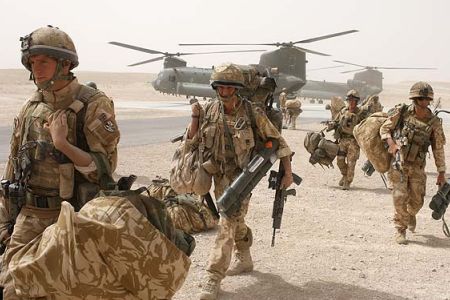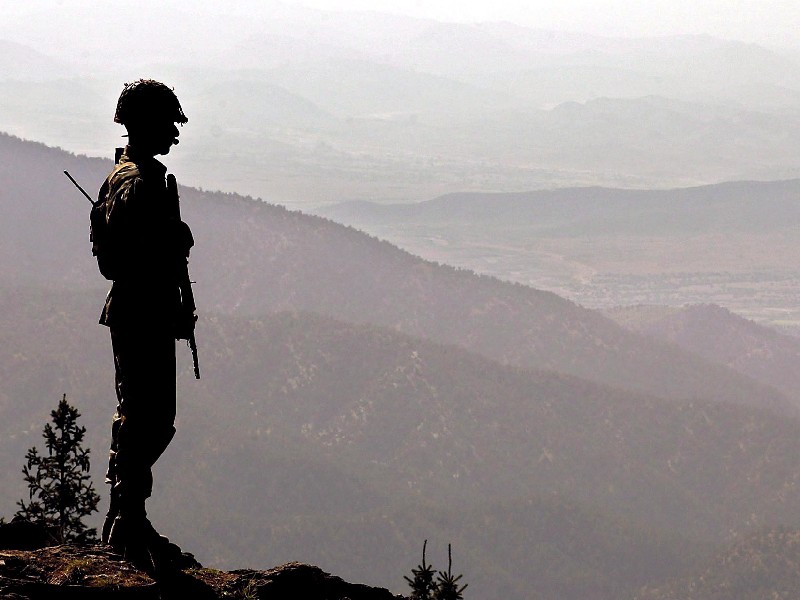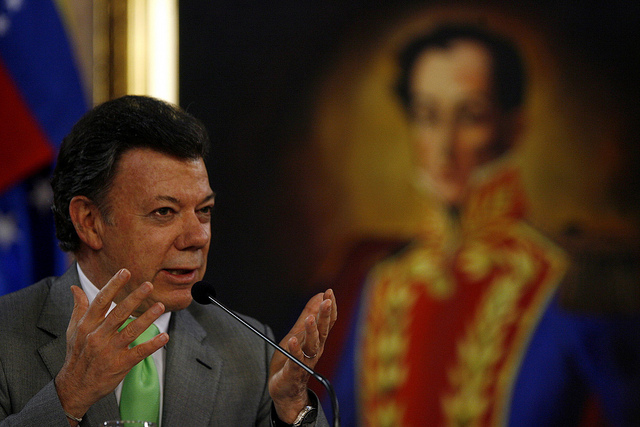Flipping through the pages of newspapers, it is common to read the headline: “NATO combat troops to withdraw from Afghanistan by 2014.” Its objectives have been achieved and the cost of the mission is hard to sustain in a period of economic crisis. The excitement in the west is mounting; more than a decade of military intervention is coming to an end. Unquestionably, there are substantial reasons to support the end of the war in Afghanistan; Osama Bin Laden is dead, the Afghan government is capable of providing partial security for its citizens, and the Taliban are no longer an imminent threat to the security of the country. On the other side, it has been repeatedly affirmed by NATO’s Secretary General, Anders Fogh Rasmussen, that NATO will not abandon Afghanistan in future. The mission will continue, however, in a smaller size and with a different agenda. Amongst the dust of political rhetoric and a commitment to sustaining the war-torn country, what is obscured is the nature of NATO’s engagement in Afghanistan in post-2014.
First it is vital to examine the current state of bi-lateral relations between Afghanistan and NATO member countries. As President Karzai has said, it is a relationship of mutual strategic and security interest. In fact, many of the member countries including the US have already signed a strategic partnership agreement with the government of Afghanistan. President Karzai has already showed willingness to allow 9 US military bases in Afghanistan in the cities of Kabul, Bagram, Mazar-e-Sharif, Jalalalabad, Gardez, Kandahar, Helmand, Shindand and Herat. Germany and Sweden have announced that they will also retain limited troops in Afghanistan, while the other member countries are expected to announce their decisions soon.
NATO is an alliance that shares successes and failures in every mission. Yes, the organization struggles to define its existence in a time when wars are no longer fought with conventional warfare and frontlines are no longer between countries. Rather, they are fought against terrorist groups experienced in asymmetric warfare. Of course, it is too early to know whether Afghanistan will be a case of success or failure after 2014. What is certain is that Afghanistan and NATO will continue to face security threats from the Taliban insurgency within Afghanistan and the cross border infiltration of terrorist groups from the tribal areas of Pakistan.
NATO troops will no longer patrol the villages in Afghanistan. It is the task of Afghan security forces to do so. For this task they need assistance, which NATO is committed to provide long-term. However, there is less information on what would be the extent of the assistance, the size of the retained troops in Afghanistan, and their capabilities to strike in case of regional security threats. Additionally, it is important to know if these forces will be involved in operation planning, independent targeted operations and the provision of air security. These are legitimate concerns that Afghan citizens and the public in NATO member countries need to know about NATO’s mission in Afghanistan after 2014. After all, it is the public that pays the cost through money and blood.




